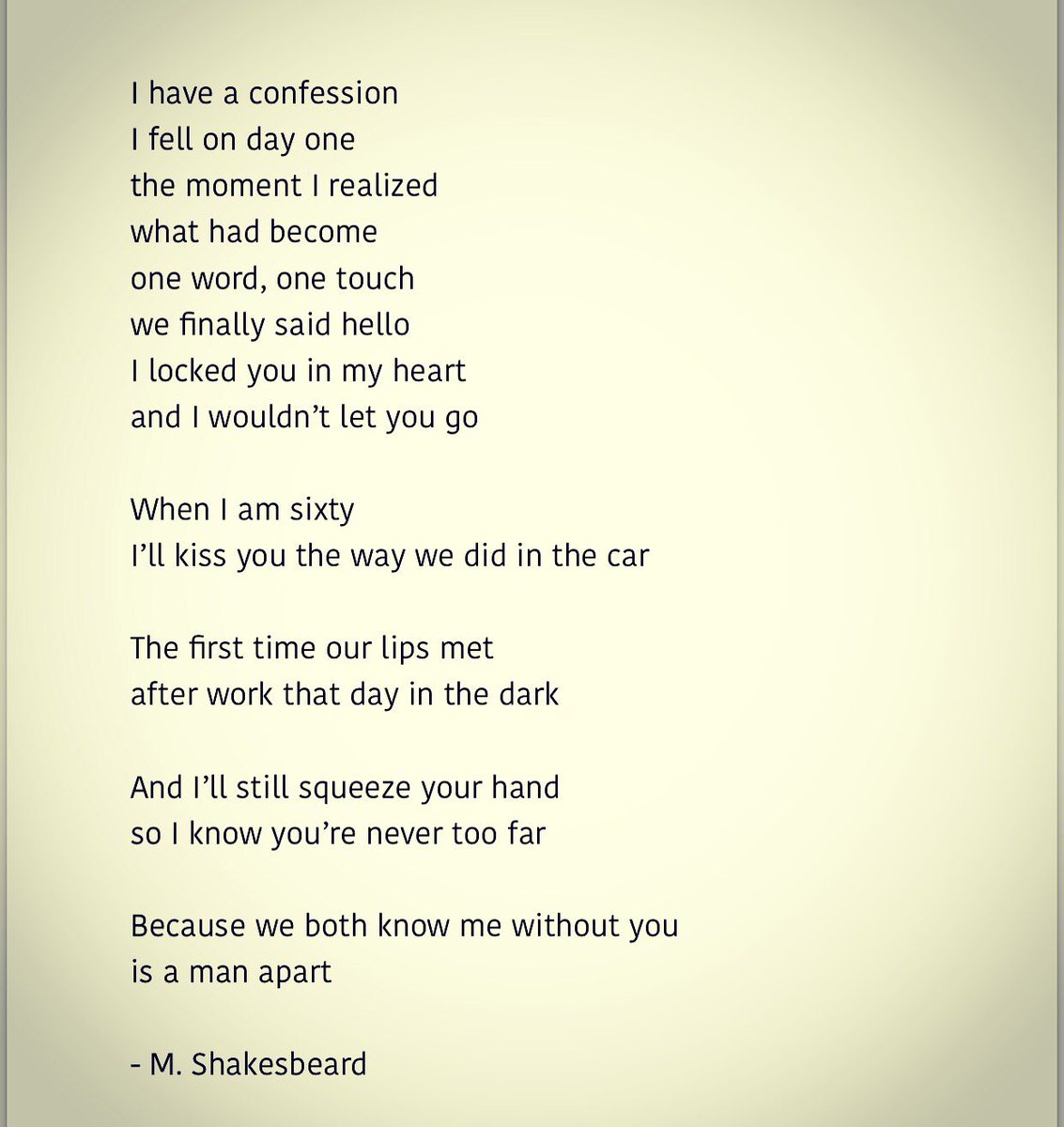

Lyrical poetry depicts a wide range of things, including emotions, admissions, and even confessions. The works are usually associated with the personification of sentiments and expression of human emotions.

In the Lyric of Emotion type, some poems depict emotions and sensations. Some other poets have used colors or 3D shapes and even unusual topography for satisfying Lyric of Vision. In the Lyric of Vision type, there are visual poetries like May Swenson’s “Women.” There are line arrangements and a zigzag pattern in the poem, which makes it visual. It also includes intellectual poems, like satire. There can be didactic poems in the Lyric of Thought type, which are usually directed at teaching. But, this type of categorization is not agreed upon by many scholars. Many times scholars tend to categorize lyrical poetry into Lyric of Thought, Lyric of Emotion, and Lyric of Vision. Some sonnets can be considered lyrical poetry, and there are also rondeaus to villanelles that are considered lyrical poetry. There is also no prescribed form of lyrical poetry. It is difficult to be classified as nearly anything, from war to love, from art to patriotism, that can be easily explored in a personal and emotional tone. It is extremely difficult to classify it, yet there is a wide range of approaches to it. Lyric poetry is, however, the most common. The most common categories that poetry is put into are three: Narrative, Lyric, and lastly, Dramatic. The poets of Europe drew their inspiration from Greece and also from Egypt or Asia. This gave rise to lyric poetry in their domain, and in the western world, lyric poetry came with a personal tone and appeal. There was a shift from their regular epic narratives about gods and war heroes in the western world. Among the more famous Chinese writers, Li Po (710 to 762 AD) depicted aspects of lyricism in his work. They often expressed their emotions through lyrical poems too. These poets composed lyrical psalms, which the people sang in an ancient Jewish style.ĭuring the eighth century, through haiku and various other forms, the Japanese poets expressed their ideals. It was between the fourth century BC and the first century AD that lyricism came to view through the Hebrew poets’ works. Similar traits of lyricism were found in other parts of the world too. The technical meaning of it was a verse often accompanied by a lyre, barbitos, or cithara. In ancient Greece, there was a specific meaning ascribed to lyric poetry. The works of Sappho (610 to 570 BC) have shown lyricism most often. A lyre is a string instrument with a U shape. In Greece, it was most often found that lyric poetry was combined with music and was played on lyre. The origin of lyricism in poems can be traced to Greek culture.

Students can also check the English Summary to revise with them during exam preparation. The most common takeaways of lyric poems are that they convey the speaker’s emotions and are musical. It is one of the most common poetic forms that are still found today. The feelings or emotions conveyed through the poem are most likely to be related to the poet himself’s feelings. These literary devices create a songlike quality within the poem. In a lyrical poem, the poets make use of literary devices like rhyme or meter. They can convey extremely powerful meanings. Short and high musical verses characterize a lyric poem. The root word of a lyric is a lyre, which is of Greek origin and means “singing to the lyre.” The pronunciation of lyric is done as leeyr-rick. Any lyric poem is easily identified by its musical nature.
LYRICAL POEMS HOW TO
How To Write A Lyric Poem?Ī lyric poem is a short version of a poem, which has almost songlike e features. Such types of poems are known to explore strong emotions, especially romantic feelings. Define The Word Lyric Poems: When the poets write any poem which is emotional and rhyming, it is called a lyric poem.


 0 kommentar(er)
0 kommentar(er)
